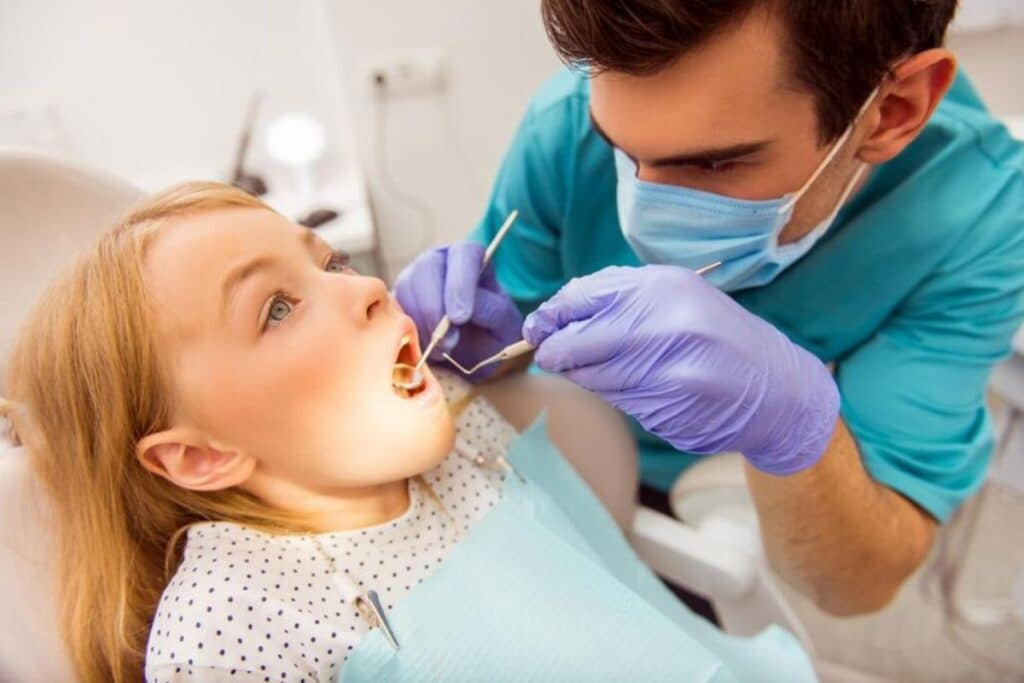A dentist does more than treat cavities, they play a fundamental role in identifying oral health issues before they become serious. Through routine exams, dentists can detect early signs of gum disease and other conditions that often develop without obvious symptoms. Understanding this preventive role highlights the need for regular dental visits in maintaining both oral and overall health.
Catching Cavities Early
Early detection of cavities allows for simple fillings rather than extensive procedures. Your dentist uses visual examination and diagnostic tools to identify decay in its initial stages. Small cavities often show no symptoms, making professional detection fundamental for prevention.
Gum disease begins with mild inflammation that patients rarely notice. The dentist monitors gum health by measuring pocket depths and checking for bleeding or swelling. Catching gum disease early prevents progression to severe forms that affect tooth stability and overall health. Professional cleanings help remove plaque and tartar buildup that home care cannot address. This process prevents cavities and gum disease, while allowing your dental professional to thoroughly assess your oral health status.
Screening for Oral Cancer
Oral cancer screening forms a routine part of dental examinations. Your dentist checks for unusual lumps, sores, or changes in color in your mouth and throat. The screening process includes examination of your lips, tongue, cheeks, floor of the mouth, and throat. Your dental care provider also feels your neck and jaw area for enlarged lymph nodes or other abnormalities.
Many patients show early signs of systemic diseases in their mouths. Diabetes, heart disease, and autoimmune conditions often manifest oral symptoms before other signs appear. Your dentist helps identify these warning signs and may recommend medical consultation when necessary.
Identifying Hidden Issues
Digital X-rays reveal problems that are not visible during a visual examination. These images show decay between teeth, bone loss, cysts, tumors, and other structural abnormalities. Your dental professional uses this technology to detect issues in their earliest stages.
Advanced imaging helps assess tooth roots, surrounding bone, and developing teeth in children. This information guides treatment planning and helps prevent future complications. Regular imaging also allows your dentist to monitor changes over time. Diagnostic tools help identify jaw problems, sinus issues, and other conditions that affect oral health.
Monitoring Changes Over Time
Regular dental visits create a baseline for your oral health status. Your dentist tracks changes in your teeth, gums, and overall oral condition through detailed records and photographs. This monitoring system helps identify developing problems quickly.
Professional documentation includes measurements, notes about tissue health, and imaging results. This comprehensive approach enables your oral health specialist to detect subtle changes that may indicate emerging issues. Consistent monitoring also helps your dentist adjust your home care routine and recommend specific products or techniques that are tailored to your needs.
Book a Dentist Appointment Now
Regular dental visits provide the foundation for early detection of oral health issues. Your dentist has the training and tools necessary to identify problems before they cause pain or require extensive treatment. Contact a local dental practice to schedule your next appointment with a dentist to maintain your oral health and overall well-being.
